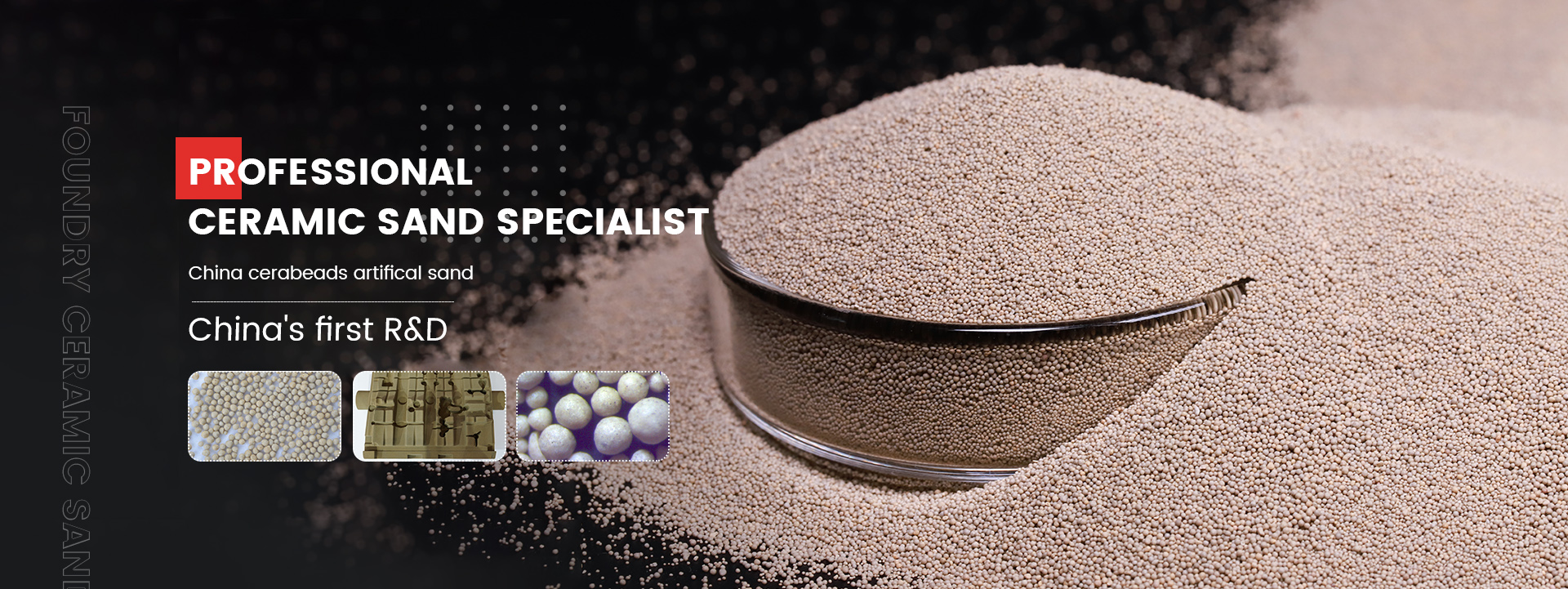The Art and Science of Sand Casting An Inside Look at a Sand Casting Factory
Sand casting is one of the oldest and most versatile forms of metal casting, playing a crucial role in the manufacturing industry. This intricate process, which involves pouring molten metal into a sand mold, has evolved dramatically over the years, yet it remains a fundamental method for producing a wide array of metal components. In this article, we will delve into the workings of a sand casting factory, exploring its processes, machinery, and importance in modern manufacturing.
The Basics of Sand Casting
The essence of sand casting lies in the creation of a mold from a mixture of sand, clay, and water. This mixture is compacted around a pattern, which is a replica of the part to be produced. Once the pattern is removed, it leaves behind a cavity that matches the desired shape. The beauty of sand casting is its ability to produce complex shapes that are difficult or impossible to achieve with other methods.
At a sand casting factory, the process begins with preparing the sand mold. The factory employs specialized machinery to mix the sand with a binding agent, usually clay, which provides the necessary cohesion. The sand is then packed around the pattern to form a mold. This step is crucial, as the quality of the mold directly impacts the final product's precision and surface finish.
The Mold-Making Process
Once the mold is formed, it must be cured to set the binding agent. In a typical sand casting factory, the curing can be done using a variety of methods, such as air-drying or using heat. After the mold has been properly hardened, it is carefully split into two halves, allowing for the removal of the pattern.
The factory’s skilled workers or advanced robotic systems perform this task, ensuring that the mold halves are cleaned and prepared for the casting process. The next step involves assembling the mold, ensuring that it is precisely aligned and securely clamped together to withstand the pressure of the molten metal.
Melting and Pouring the Metal
sand casting factory

The heart of the sand casting process is the melting and pouring of the metal. In a sand casting factory, the metals used can vary widely, from aluminum and copper alloys to iron and steel. The selection of metal depends on the application and the desired properties of the final product.
Once the metal is selected, it is melted in a furnace, which can be fueled by electricity, gas, or oil. The temperature must be carefully controlled to ensure the metal reaches its optimal melting point. After melting, the metal is poured into the mold through a designated pouring basin, where it fills the cavity formed by the sand mold.
Cooling and Finishing
After pouring, the metal needs time to cool and solidify. This cooling process can take anywhere from a few minutes to several hours, depending on the size and thickness of the casting. Once the metal has cooled sufficiently, the next step involves breaking apart the sand mold, revealing the newly formed casting.
The factory employs various finishing techniques to remove any excess sand and improve the surface quality of the casting. These techniques may include sandblasting, grinding, and machining to achieve the desired specifications.
The Importance of Sand Casting in Modern Manufacturing
Sand casting remains vital in various industries, including automotive, aerospace, and construction. Its ability to produce large components with intricate designs makes it an indispensable tool in manufacturing. Moreover, the process is relatively inexpensive compared to other casting methods, making it an attractive option for both small-scale projects and mass production.
In conclusion, a sand casting factory embodies the intersection of art and science. Through skilled craftsmanship and the use of advanced technology, these factories produce high-quality metal components that power numerous industries worldwide. As manufacturing continues to evolve, the principles of sand casting will undoubtedly remain a cornerstone of the industry, adapting to new materials and technologies while preserving the essence of this ancient technique.
Post time:ก.ย. . 28, 2024 13:32
Next:foundry sands
